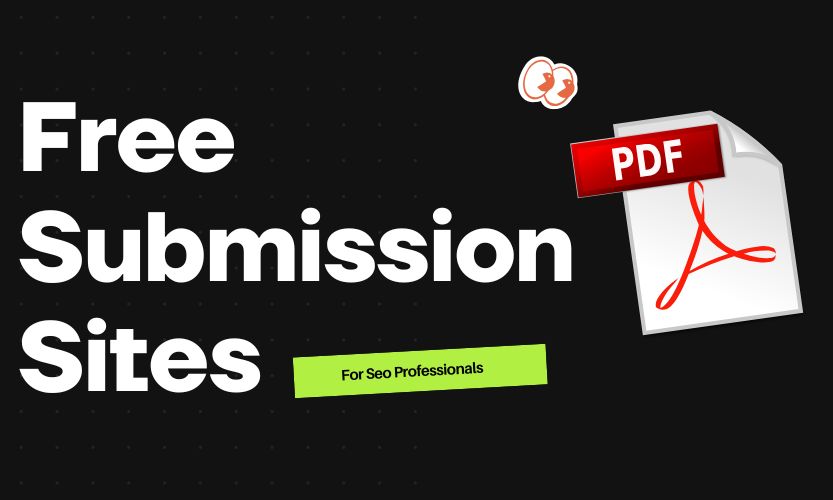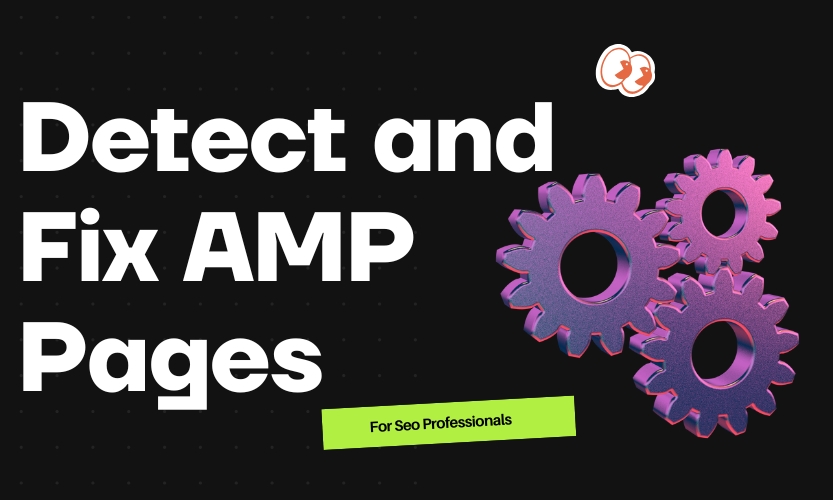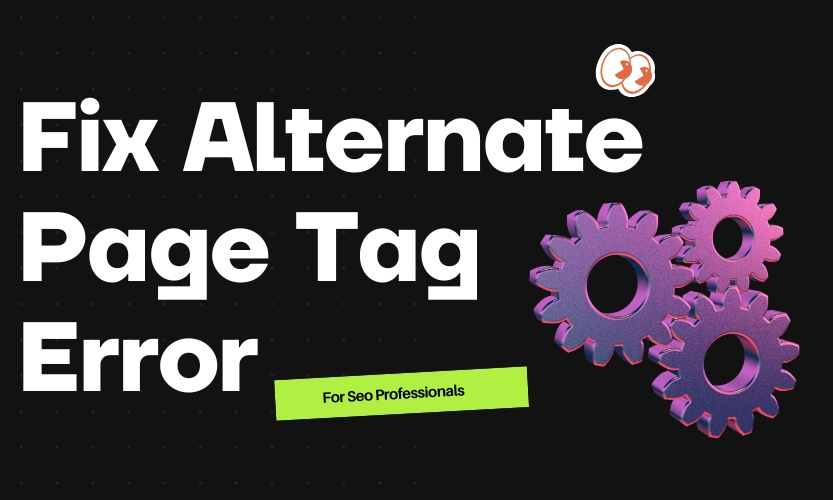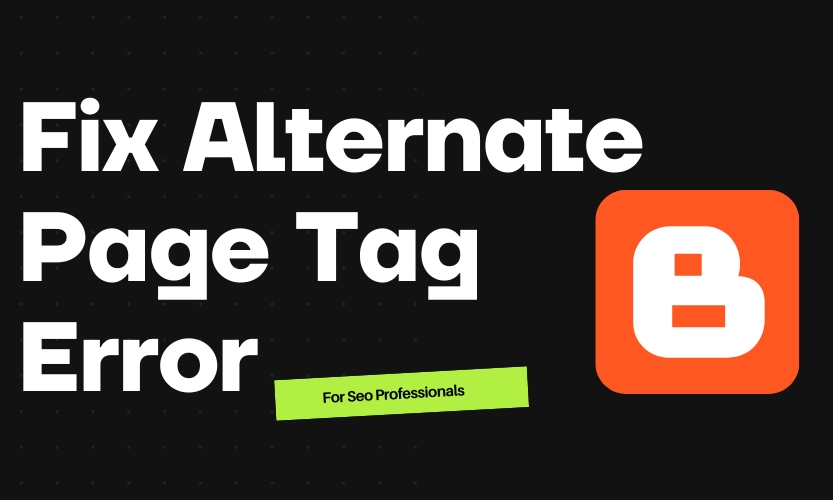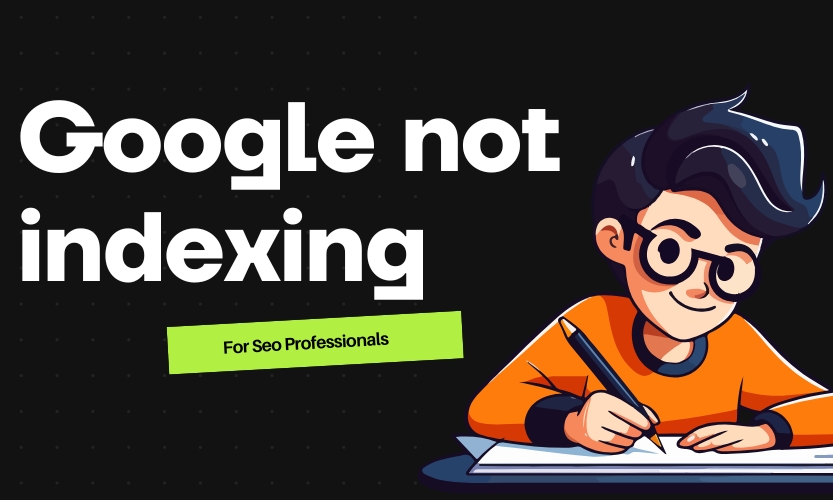Table of Contents
ToggleThe Ultimate Guide to Crafting a Winning Content Strategy
Introduction
In today’s digital world, content is king. But without a proper plan, even the best content can fail to reach the right audience. Whether you’re a business owner, blogger, or marketer, having a solid content strategy plan is essential for success.
This article will walk you through everything you need to know about creating a content strategy planner, content strategy template, content creation strategy, and content marketing strategy template.
Plus, we’ll provide you with an easy-to-follow step-by-step guide on how to create a content strategy that works!
So, let’s dive right in!
What is a Content Strategy Plan?
A content strategy plan is a structured approach to creating, publishing, and distributing content that aligns with your business goals. It ensures that every piece of content serves a purpose, engages your audience, and drives results.
For example, imagine you own a small bakery. Instead of randomly posting pictures of cakes, a well-crafted content marketing strategy template would help you plan seasonal promotions, engage with your audience, and ultimately drive more sales.
Why You Need a Content Strategy Planner
Without a content strategy planner, your content creation efforts can feel scattered and ineffective. Here’s why having a content strategy template is crucial:
✅ Saves Time & Effort – A structured plan eliminates guesswork and keeps you on track. ✅ Boosts Engagement – Helps you create content that resonates with your audience. ✅ Increases Brand Visibility – Consistency builds brand recognition and trust. ✅ Drives Conversions – Every piece of content is optimized to guide users towards an action (buying, signing up, etc.).
How to Create a Content Strategy: A Step-by-Step Guide
Step 1: Define Your Goals
Before creating content, determine your primary goals. Are you aiming to increase brand awareness, generate leads, or boost sales?
Step 2: Know Your Audience
Understanding your audience is key. Use tools like Google Analytics and Facebook Insights to gather data on their interests, behavior, and demographics.
Step 3: Conduct Competitor Research
Analyze your competitors. Identify what type of content is working for them and look for gaps you can fill.
Step 4: Choose Your Content Types
Decide what content formats best suit your audience and goals:
- Blog posts (great for SEO and long-term engagement)
- Videos (higher engagement on social media)
- Infographics (easy to digest and share)
- Podcasts (perfect for storytelling)
Step 5: Create a Content Calendar
A content strategy planner helps you stay consistent. Plan your posts weeks or months in advance.
Here’s a simple template:
| Week | Content Type | Topic | Platform |
|---|---|---|---|
| 1 | Blog Post | How to Create a Content Strategy | Website & LinkedIn |
| 2 | Video | The Importance of Content Marketing | YouTube & Instagram |
| 3 | Infographic | Content Marketing Statistics | Pinterest & Facebook |
Step 6: Optimize for SEO
Use keyword research tools to find relevant terms that people search for. Talha Siddiq, an SEO expert with 7 years of experience in digital marketing and SEO, recommends using semantic keywords to improve ranking.
Step 7: Publish & Promote Your Content
Once your content is ready, distribute it through:
- Social Media Marketing
- Email Campaigns
- Paid Advertising
- Influencer Collaborations
Step 8: Analyze & Improve
Monitor content performance using tools like Google Analytics and SEMrush. Adjust your strategy based on what works best.
Content Strategy Templates (Download & Use!)
A ready-made content strategy template saves time and effort. Here are a few templates you can use:
Download them and start planning your content today!
FAQs
1. What is the difference between content marketing and content strategy?
Content strategy is the overall plan for content creation and distribution, while content marketing focuses on using content to attract and retain customers.
2. How often should I update my content strategy?
Every 3-6 months to ensure your strategy aligns with trends and business goals.
3. What tools can help with content planning?
Some great tools include Trello, Notion, Google Sheets, SEMrush, and HubSpot.
4. Can a small business benefit from a content strategy?
Absolutely! Even with limited resources, a well-planned content creation strategy can drive engagement and growth.
5. How do I measure the success of my content strategy?
Track website traffic, engagement rates, conversion rates, and SEO rankings using tools like Google Analytics.
Final Thoughts
A successful content strategy plan requires a mix of creativity, consistency, and data-driven decisions. Whether you’re a beginner or a pro, using a content strategy planner and templates can help streamline the process.
🚀 Ready to take your content marketing to the next level? Start implementing these strategies today!
TAKE A FREE GUIDE TO OUR BLOG
Hire SEO Copywriter: Boost Your Rankings & Sales
The Ultimate Guide to On-Page SEO Tools: Optimize, Analyze, and Rank Higher
Google My Business Optimization Service: Boost Your Local Rankings
How to Start a Search Engine Optimization Business
SEO Companies: How to Choose the Best SEO Firm for Your Business
Υπηρεσίες SEO: Ο Απόλυτος Οδηγός για Επιτυχία στη Διαδικτυακή Προβολή
What is Google Business Profile Optimization?
Why Do You Need a Good Meta Page?
Search Engine Positioning SEO: A Complete Guide to Ranking Higher
How Many Backlinks Does a Site Have?
How to Find New Backlinks Your Site Received
Why You Need SEO for Your Business?
Affordable SEO Near Me Finding the Best SEO Services Without Breaking the Bank
The Ultimate Guide to Crafting a Winning Content Strategy
Understanding Dental SEO Pricing & Cost: What You Need to Know
How Much Does Dental SEO Cost? A DIY SEO Guide for Dentists
Understanding the Elements of Search Engine Optimization (SEO)
Google My Business Optimization Service: Rank Higher & Get More Customers
Internal Linking for SEO: Best Practices & Strategies for Higher Rankings
A Complete Guide to Crafting a Winning Content Marketing Strategy
How to Find Keywords on a Website: A Complete SEO Guide
SEO for Manufacturers: A Complete Guide to Boosting Your Industrial Website’s Rankings
Getting Started with SEO: A Beginner’s Guide to Search Engine Optimization



